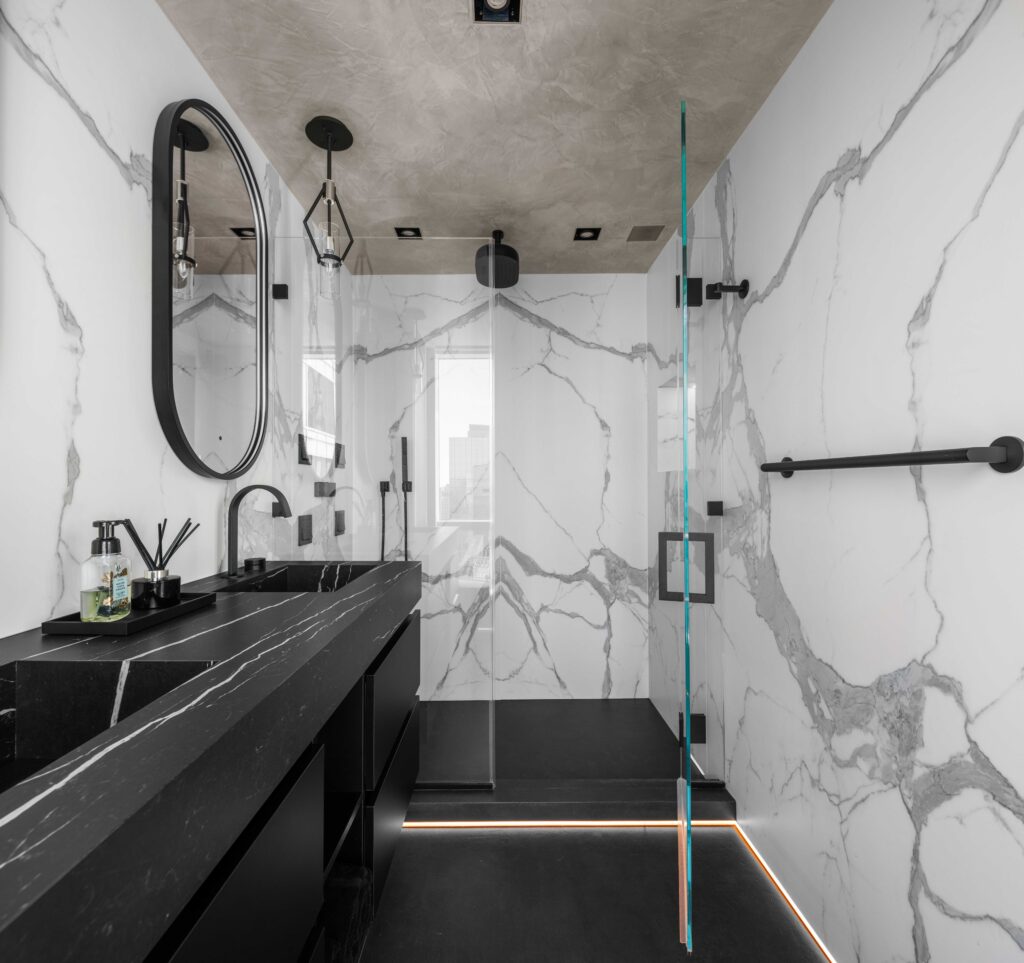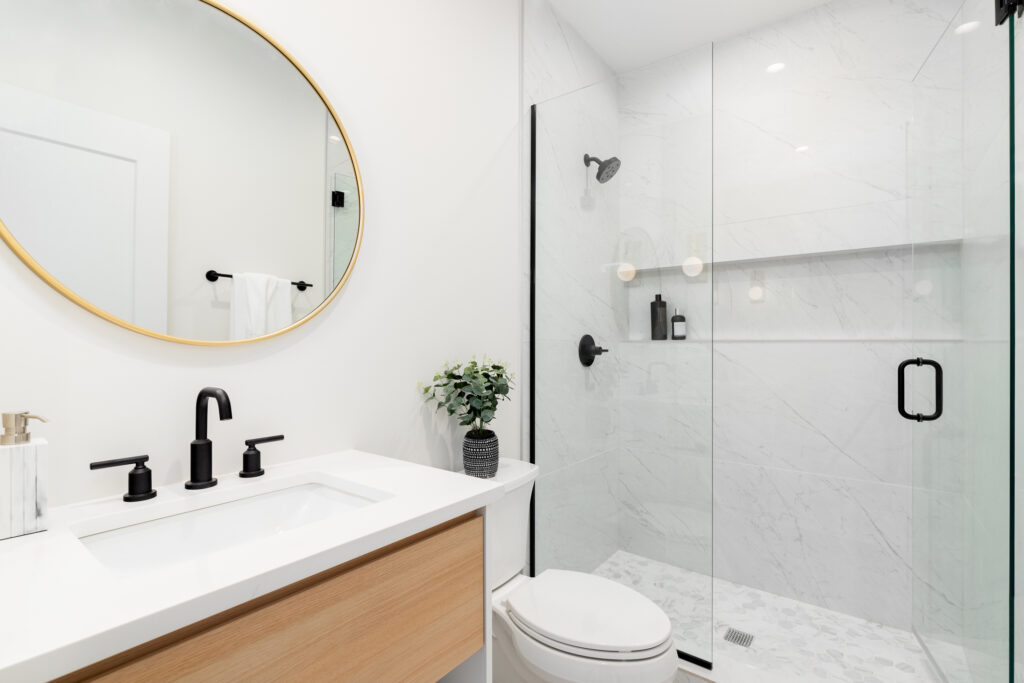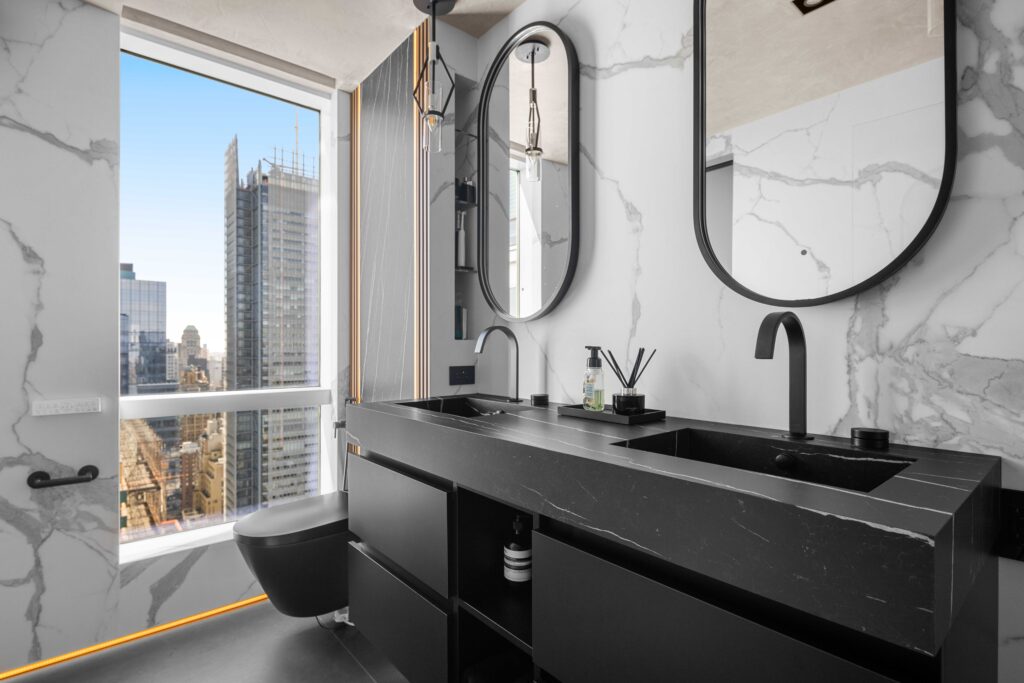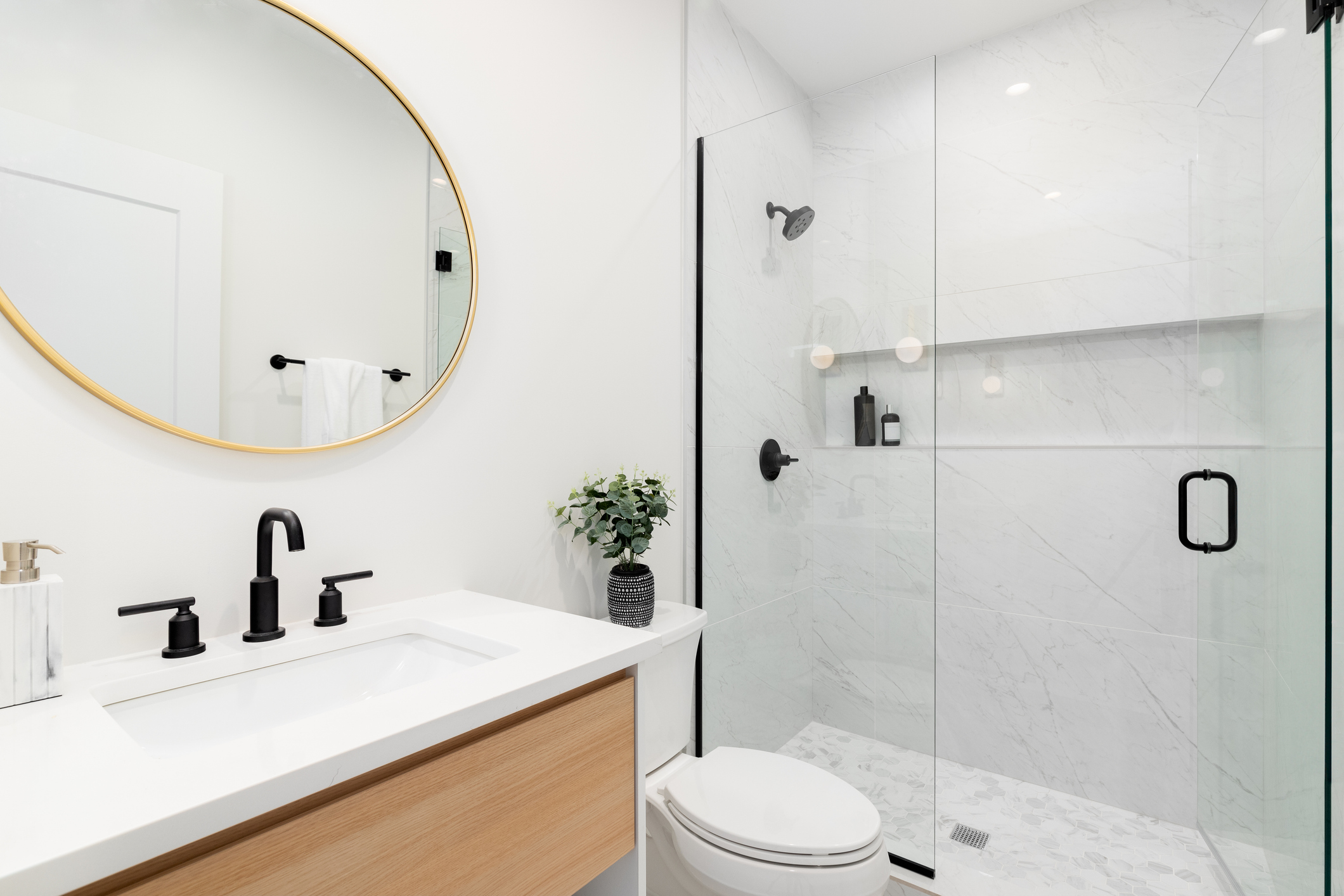If you’re standing in your bathroom wondering whether it’s finally time to say goodbye to the tub, you’re not alone.
Tub-to-shower conversions are among the most popular bathroom remodeling projects today. Whether you’re craving a more modern look, planning to age in place, or simply tired of stepping over a bathtub ledge every morning, switching to a walk-in shower can completely transform your space.

In this guide, we cover everything you need to know, from design ideas and cost considerations to the pros and cons of making the switch.
Is Replacing Your Tub the Right Move?
Here’s the truth: there’s no one-size-fits-all answer. The right choice depends on how you live, what you value in a bathroom, and how long you plan to stay in your home.
Ask yourself:

- Do you take baths regularly or not at all?
- Are you remodeling for yourself or thinking about resale?
- Do you want better accessibility now or in the future?
If your tub is just taking up space and collecting dust, converting it to a shower could make your bathroom more functional, beautiful, and enjoyable to use.
Benefits of a Tub-to-Shower Conversion
1. More Usable Space
Tubs are bulky. Replacing yours with a sleek, glass-enclosed shower can open up the room and make it feel significantly larger—even if you haven’t moved a single wall.
2. Modern, Minimalist Design
Walk-in showers instantly update the look of your bathroom. Frameless glass, clean tile lines, and built-in niches create a timeless, spa-like feel.
3. Easier Maintenance
No more awkward corners or grimy tub ledges. Showers with larger-format tiles and simple glass panels are much easier to clean.
4. Better Accessibility
Low-threshold or curbless showers are ideal for anyone with mobility concerns or for those planning to age in place. Add a built-in bench and handheld showerhead for extra comfort and safety.
5. Faster, More Efficient Showers
Let’s be honest—most people shower daily. Ditching the tub you don’t use in favor of a well-designed walk-in just makes sense for the way you live.
Things to Consider Before You Convert
1. Do You Have Another Tub in the Home?
If your home has only one bathroom, removing the tub could affect resale value—especially for families with young children. If you have a second tub elsewhere, you’re free to design your dream shower without hesitation.
2. Plumbing Adjustments May Be Needed
If your existing tub drain and fixtures are in a different location than your future shower setup, you’ll need to account for plumbing changes. It’s not a dealbreaker, but it can affect cost and timeline.
3. Permits and Waterproofing Matter
Proper waterproofing is crucial. Cutting corners here can lead to long-term damage. Working with a licensed contractor like Klein Kitchen and Bath will help you to navigate the maze of permits, to ensure everything meets local codes and is built to last.

How Much Does a Tub-to-Shower Conversion Cost?
The cost varies depending on your choices, but here’s a general breakdown:
| Scope of Work | Average Cost Range |
|---|---|
| Basic conversion (prefab kit) | $3,000 – $5,000 |
| Mid-range custom shower | $7,000 – $10,000 |
| High-end finishes + tile work | $12,000+ |
Factors that affect cost include:
- Size of the shower
- Type of tile and fixtures
- Glass enclosure (frameless vs framed)
- Plumbing relocation
- Accessibility features
Design Ideas for Your New Shower
Need inspiration? Here are some design elements that elevate your shower experience:
- Frameless glass doors: Clean lines, no visual clutter.
- Built-in niche: Keeps shampoo and soap organized without adding shelves.
- Rainfall or dual showerheads: Spa vibes at home.
- Large-format tile or slab walls: Minimal grout lines = easy to clean.
- Matte black or brushed gold fixtures: A modern, high-end look.
What to Expect During the Renovation
Most tub-to-shower conversions take 3 to 4 weeks, depending on complexity.
Typical steps include:
- Demolition – Remove the old tub and surrounding materials.
- Plumbing adjustments – Relocate drain and supply lines if needed.
- Shower pan installation – Either prefabricated or custom-built.
- Waterproofing – A critical step to prevent long-term damage.
- Tile or wall finish installation
- Glass installation and finishing touches
A good contractor will keep you informed every step of the way and help you make material choices that suit both your vision and your budget.
Final Thoughts: Is It Worth It?
If you’re not using your tub and want to make your bathroom more functional, stylish, and accessible, a tub-to-shower conversion is worth considering.
You’ll gain space, reduce maintenance, and love how your bathroom looks and feels every time you walk in.
Ready to Start Your Project?
Thinking about converting your tub to a shower? We specialize in custom bathroom renovations designed around real-life needs.
Contact us today for a free consultation, and let’s bring your vision to life—one tile at a time.


